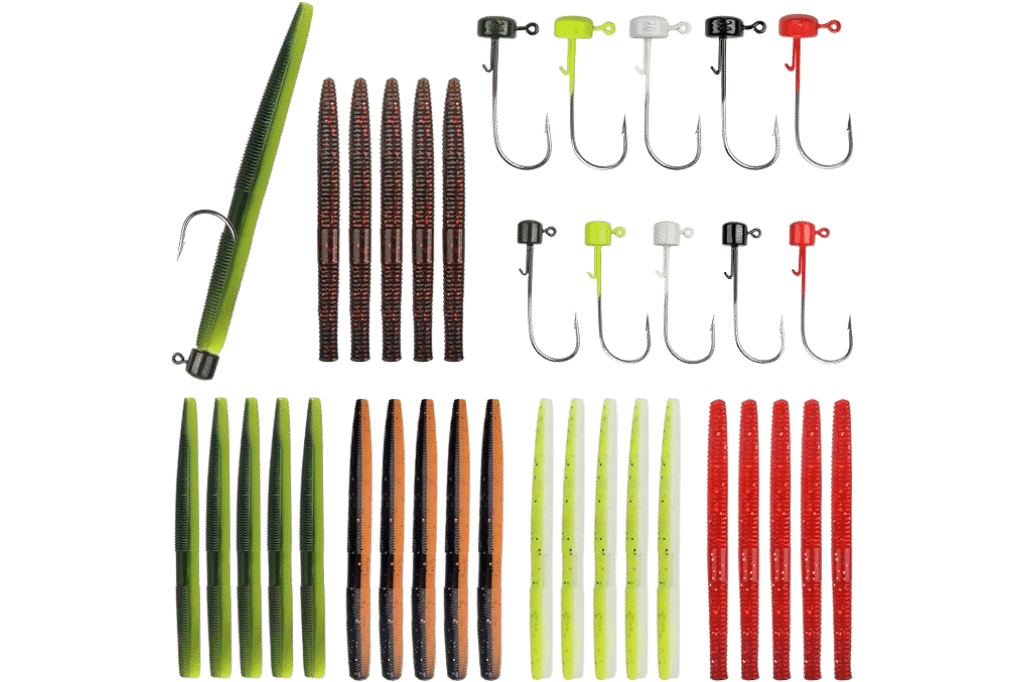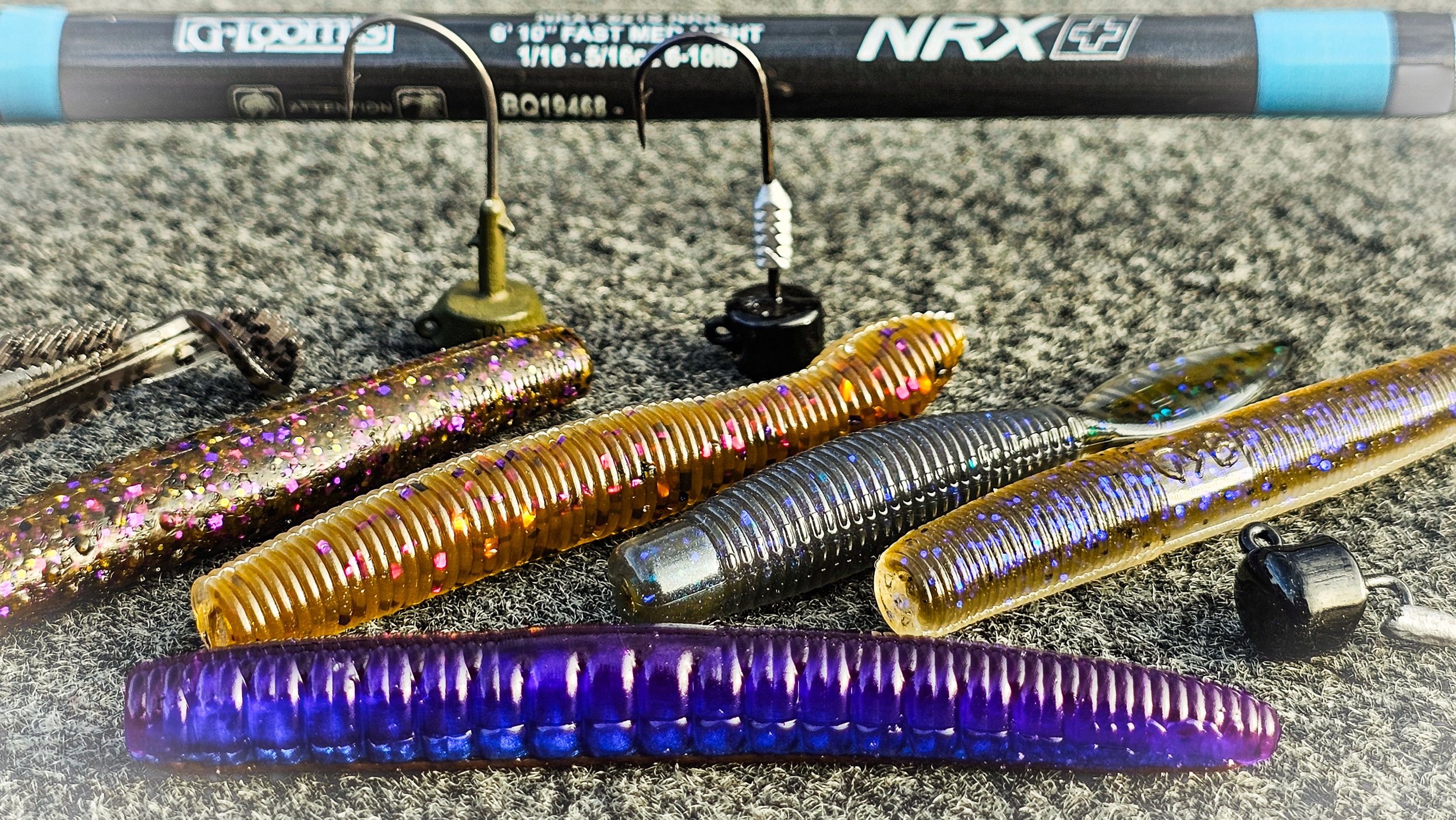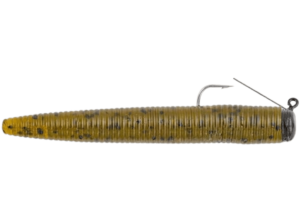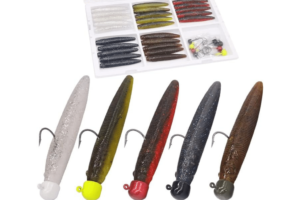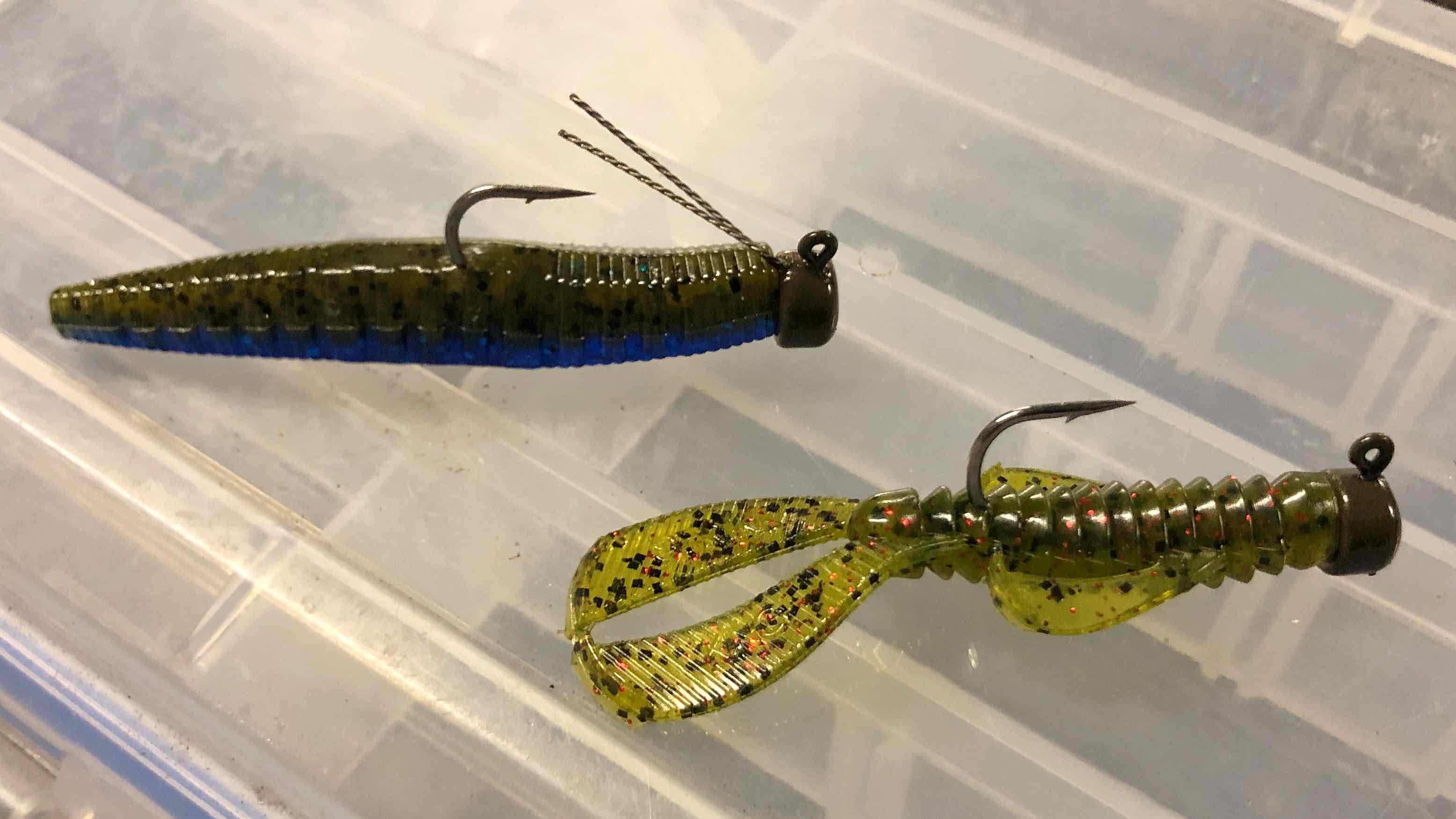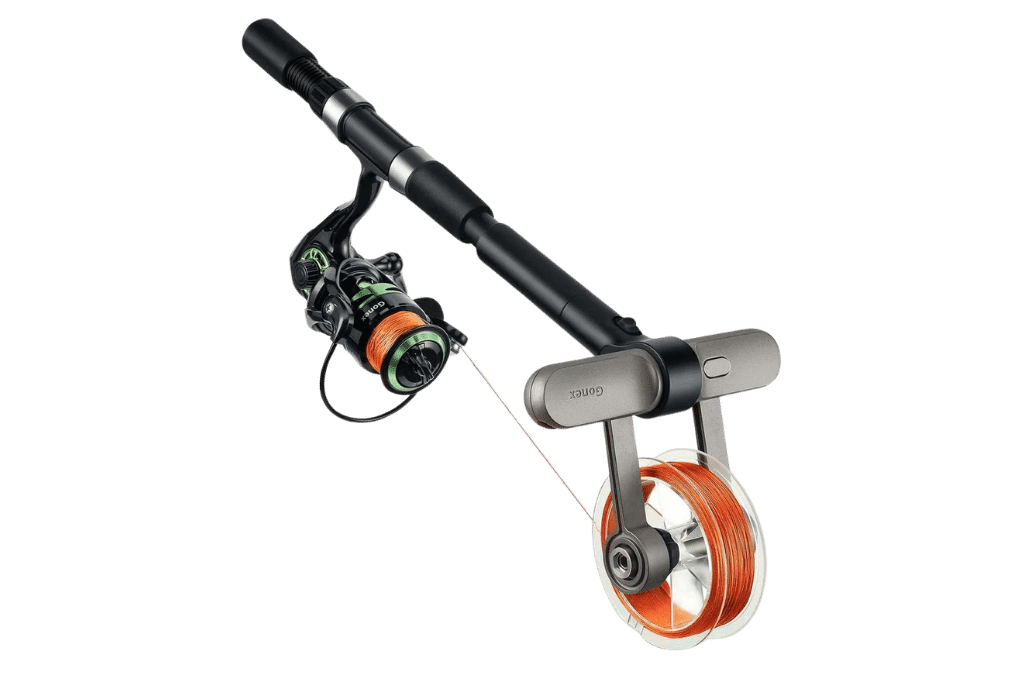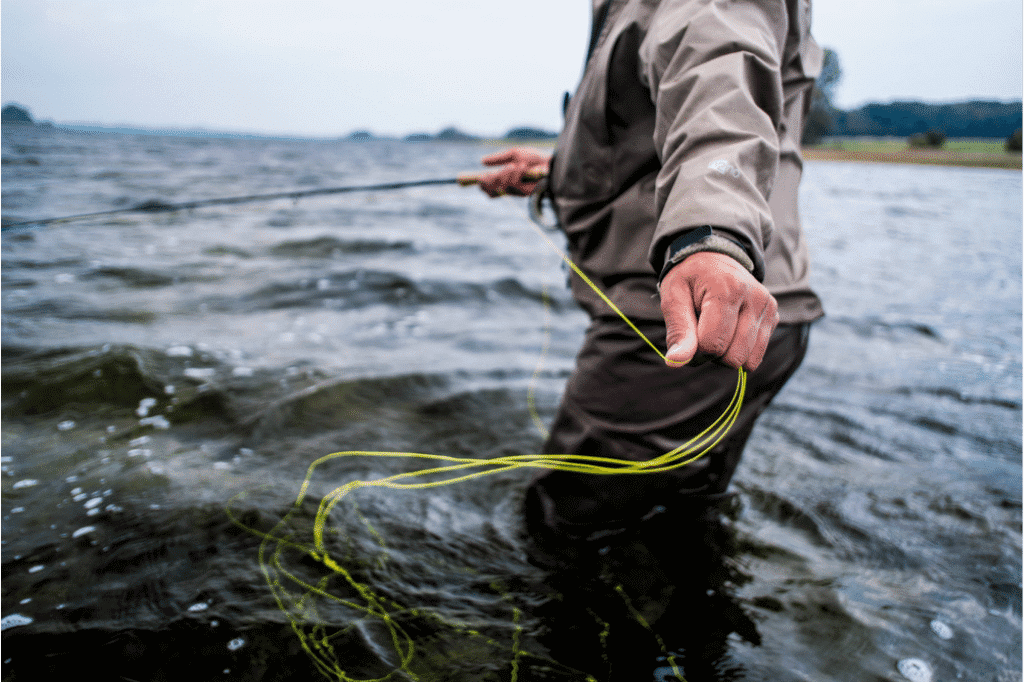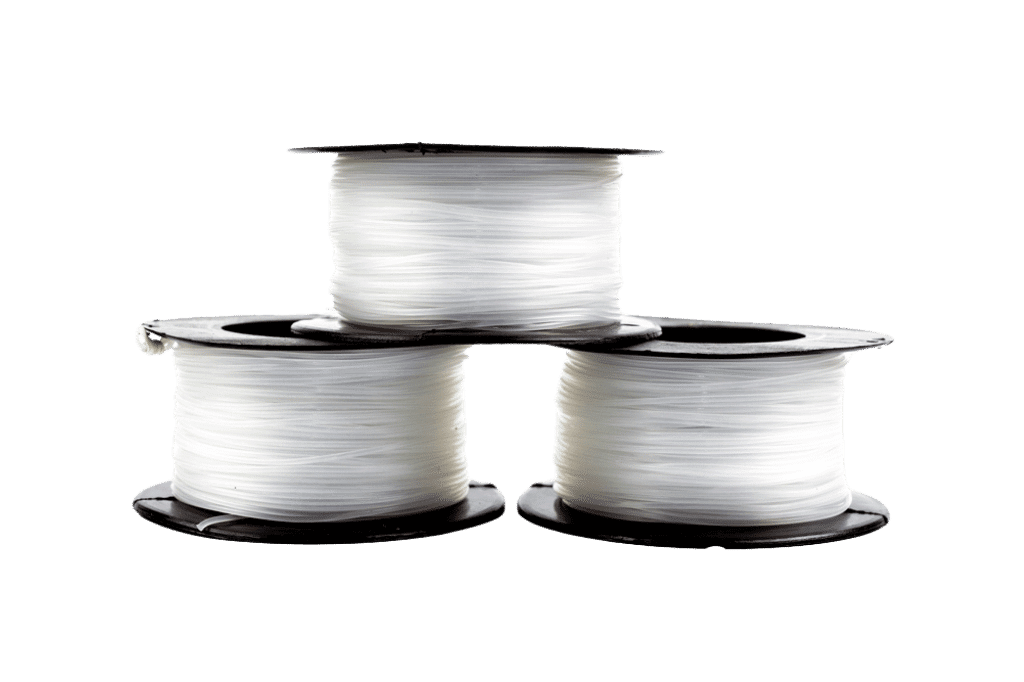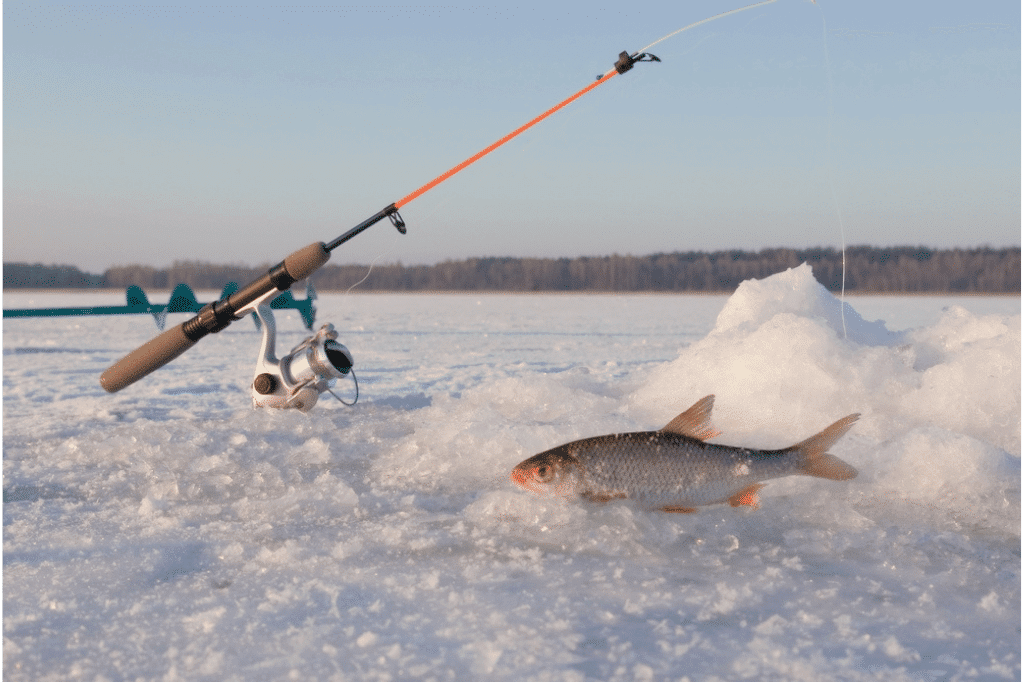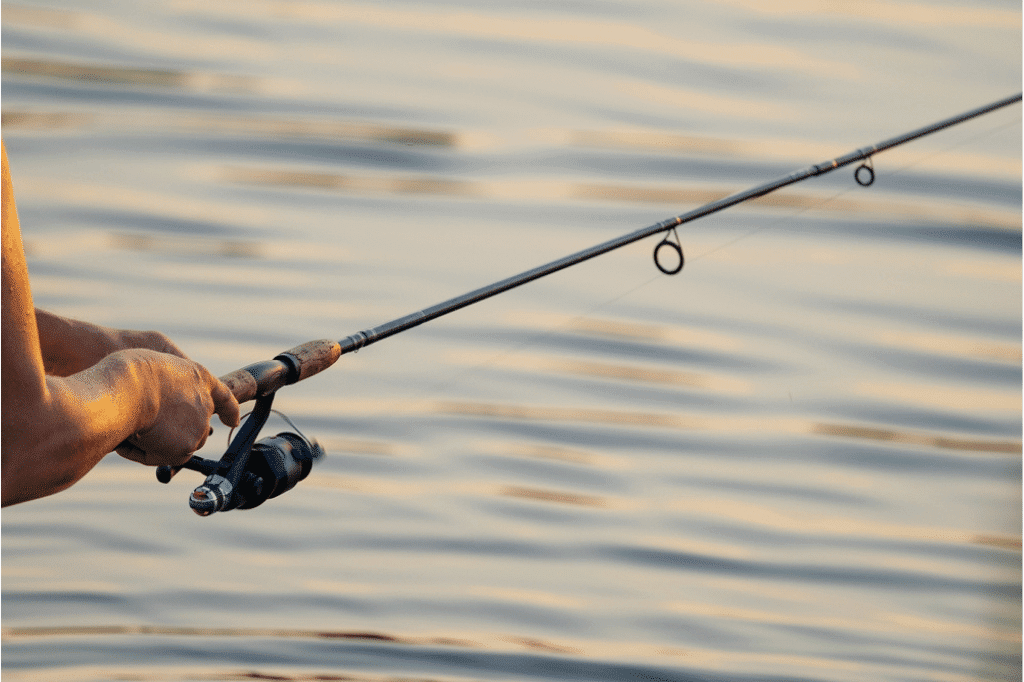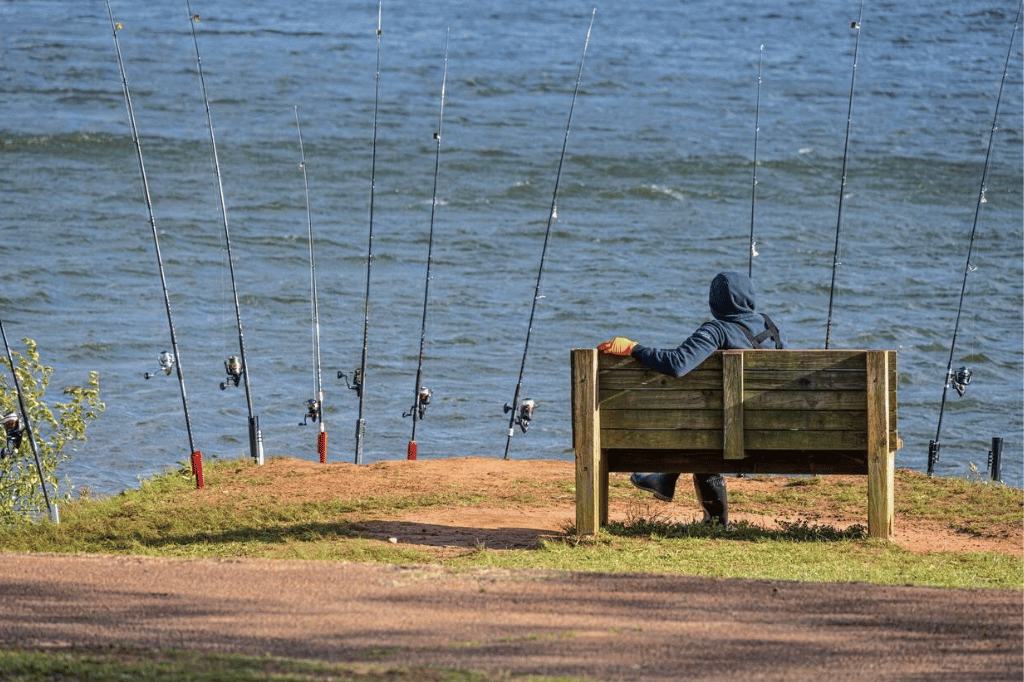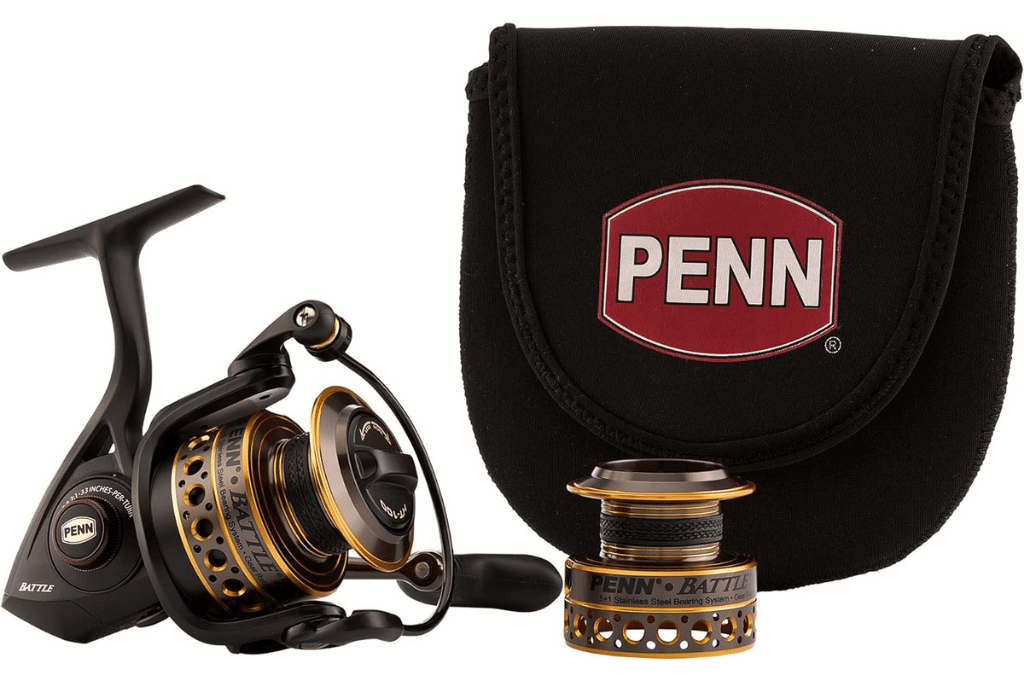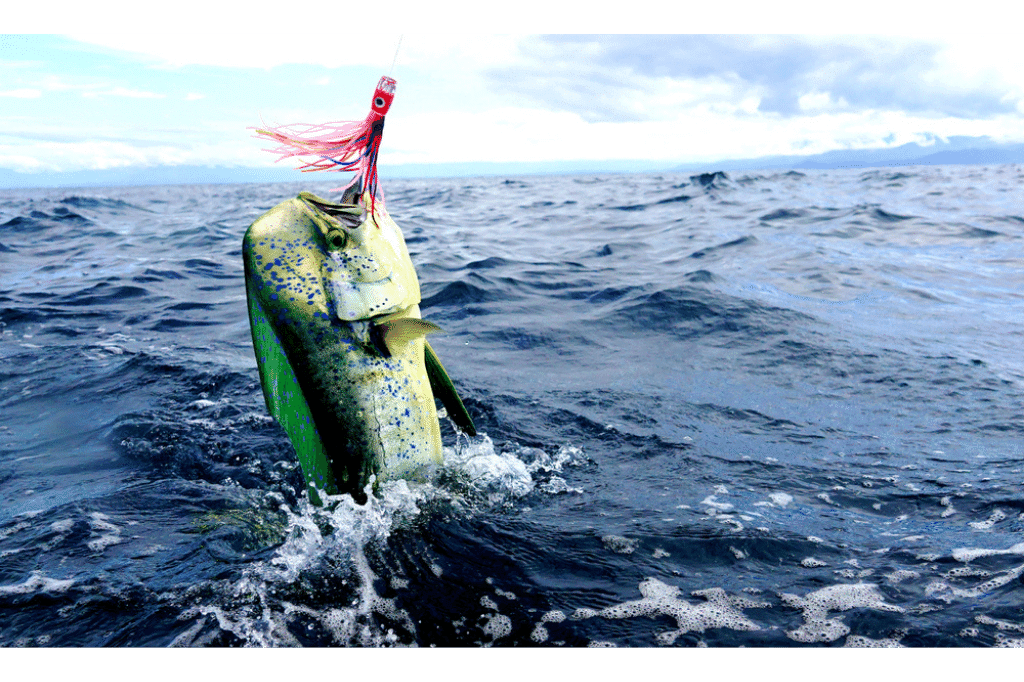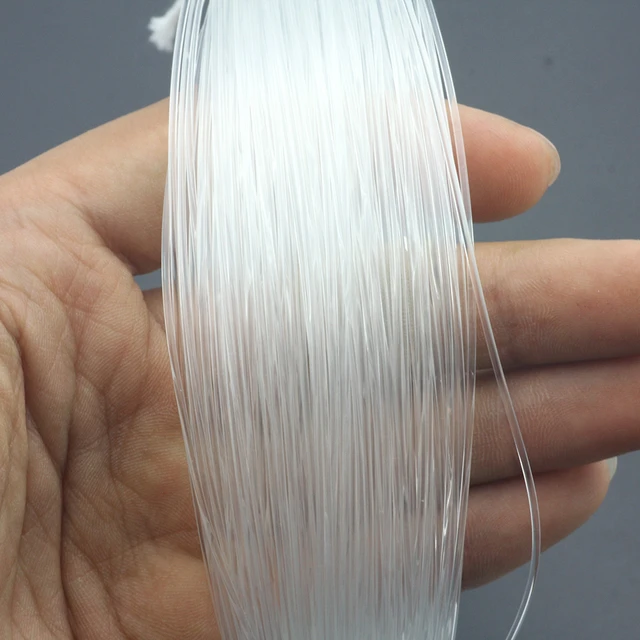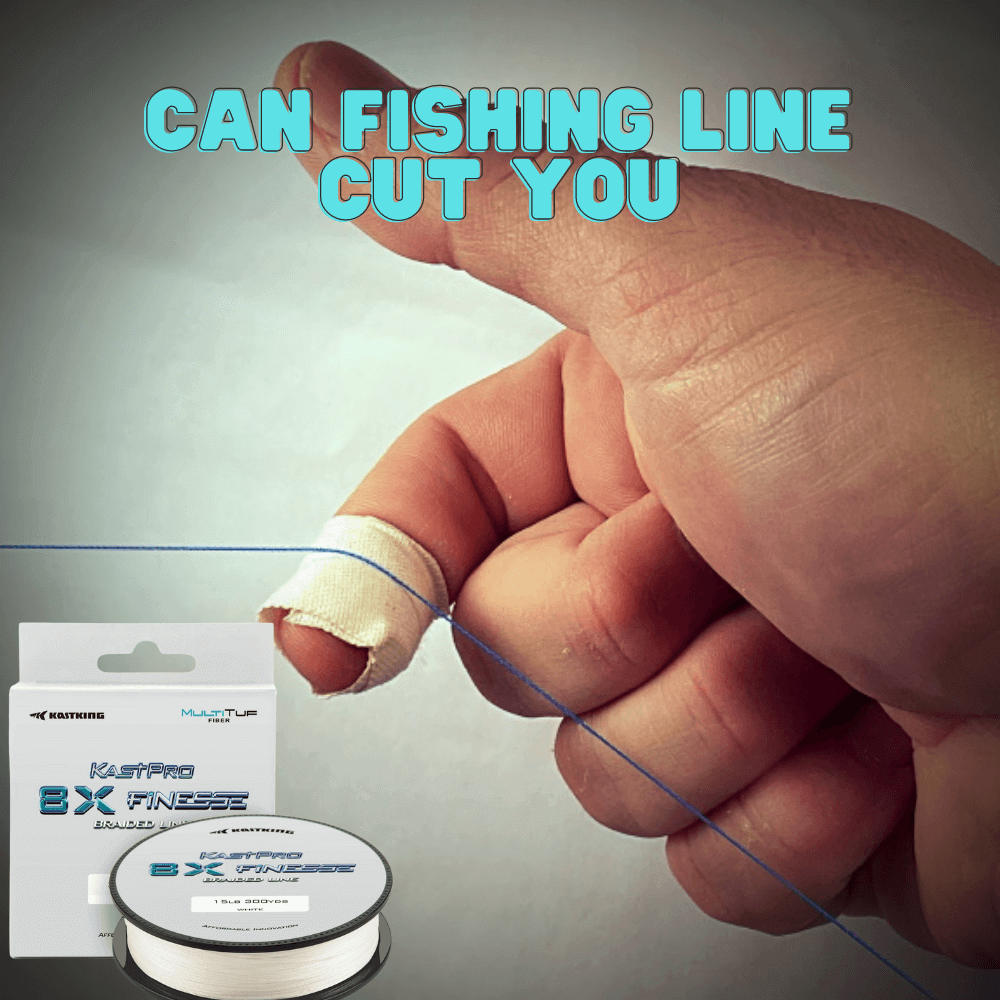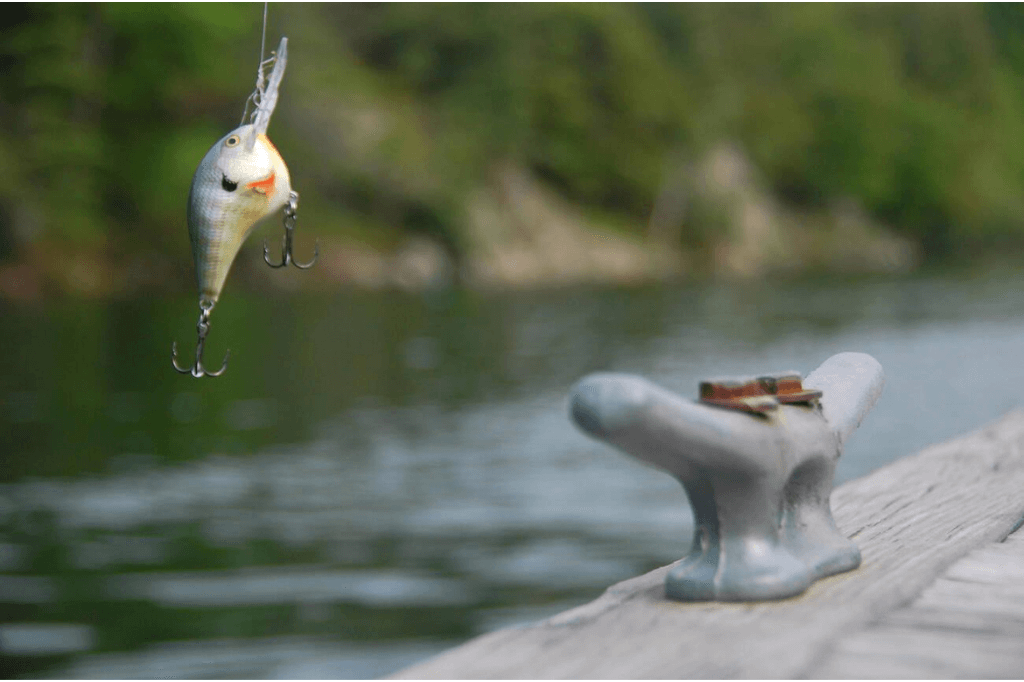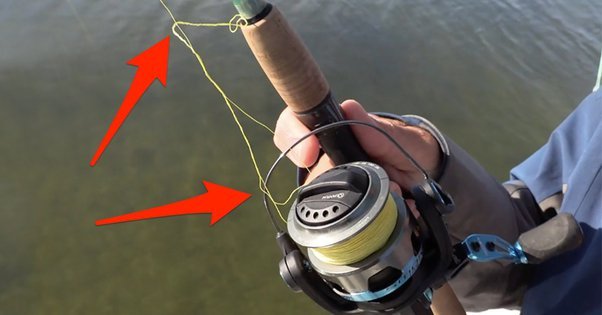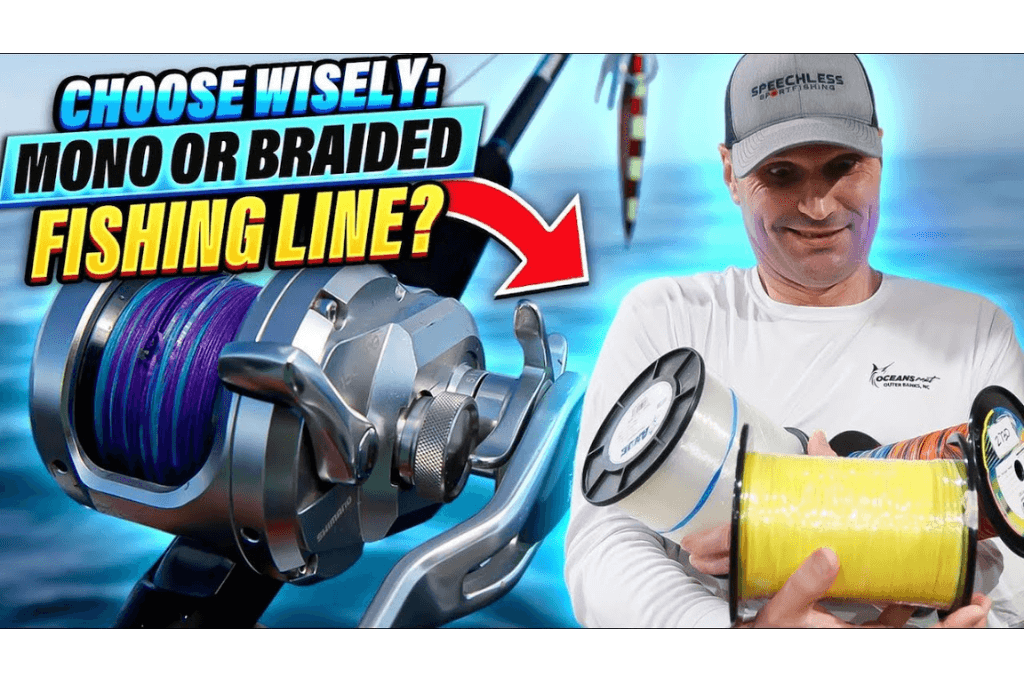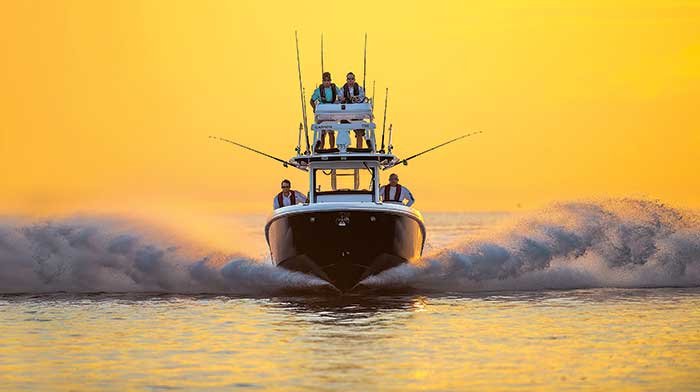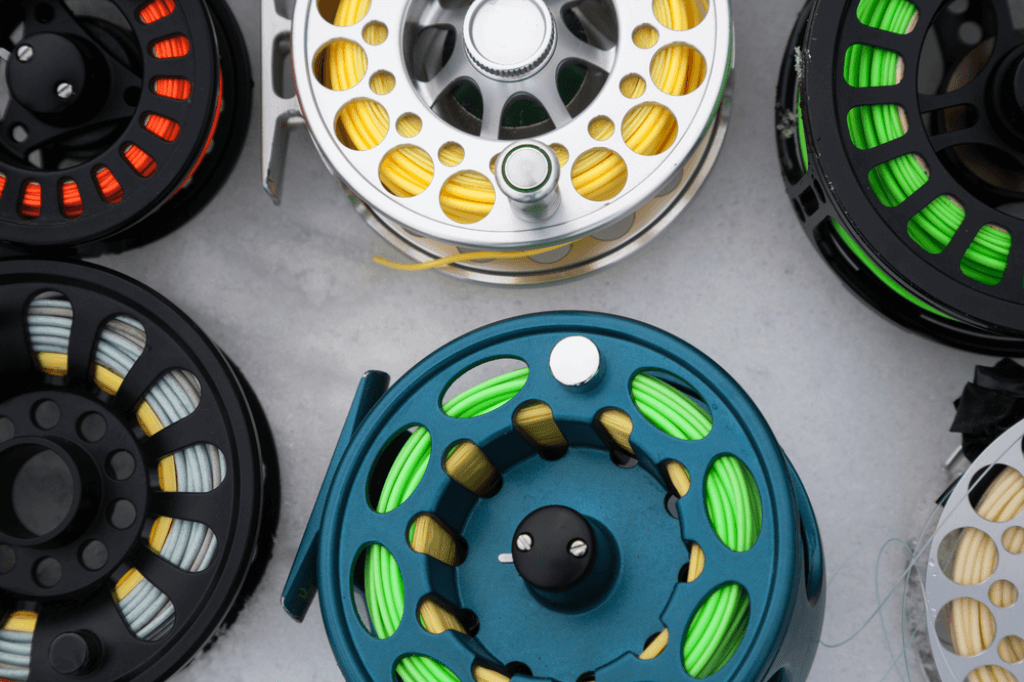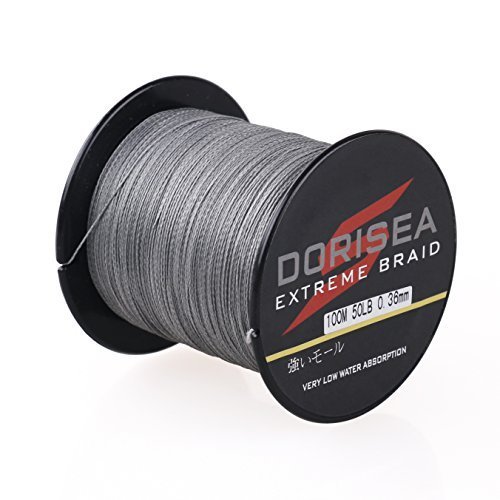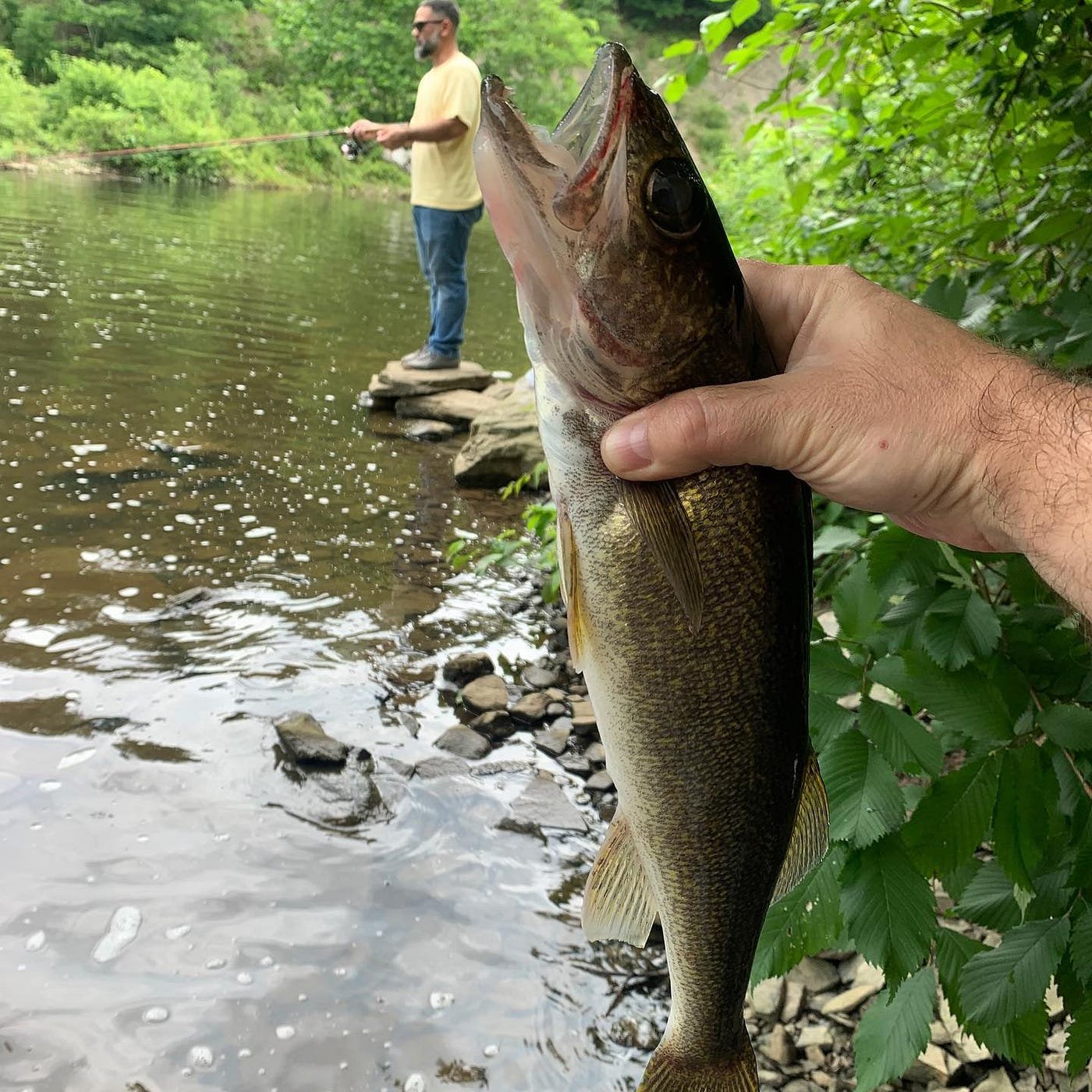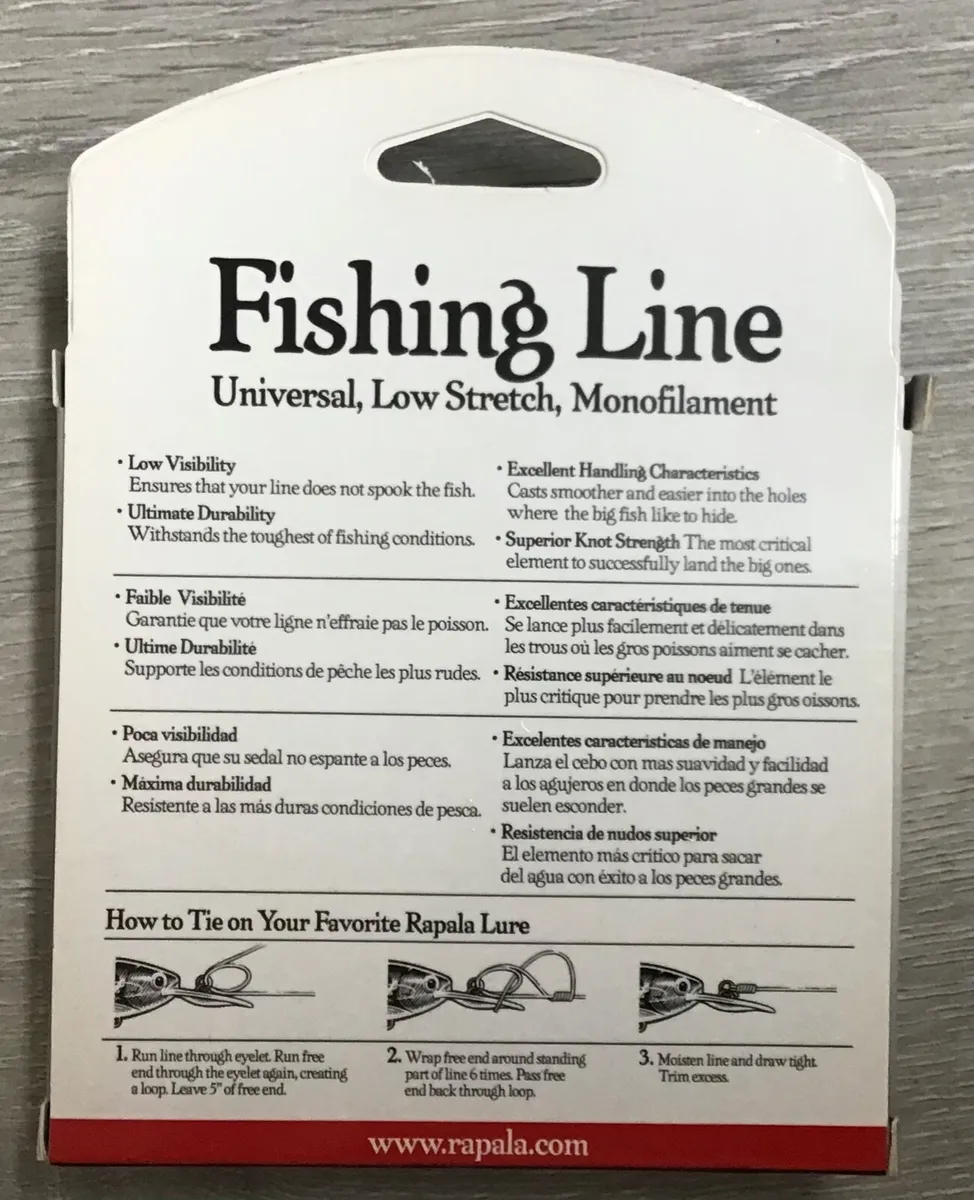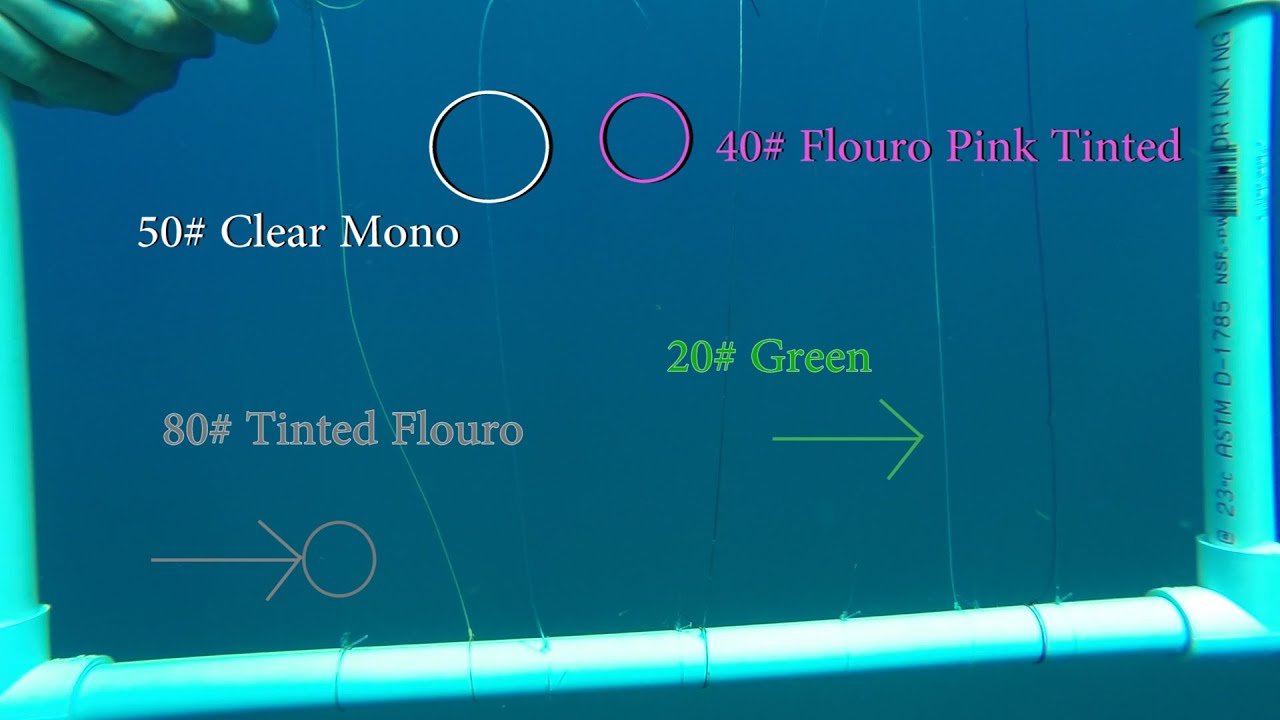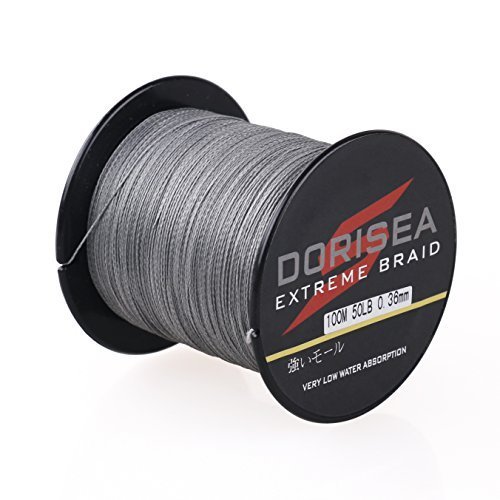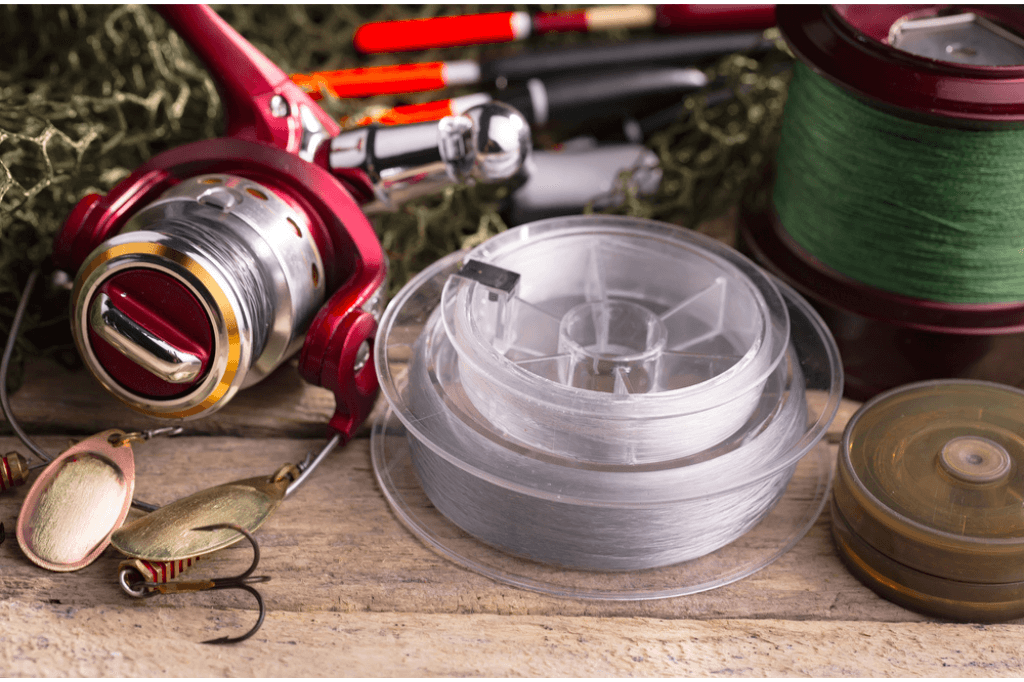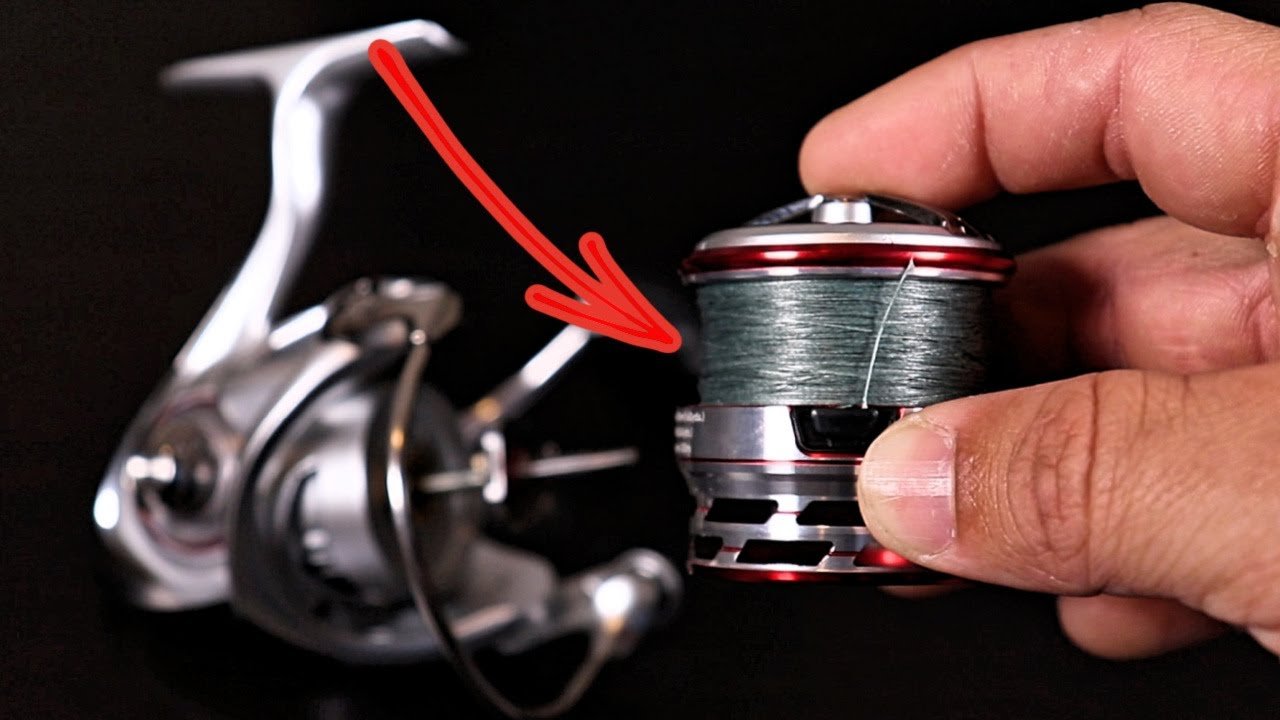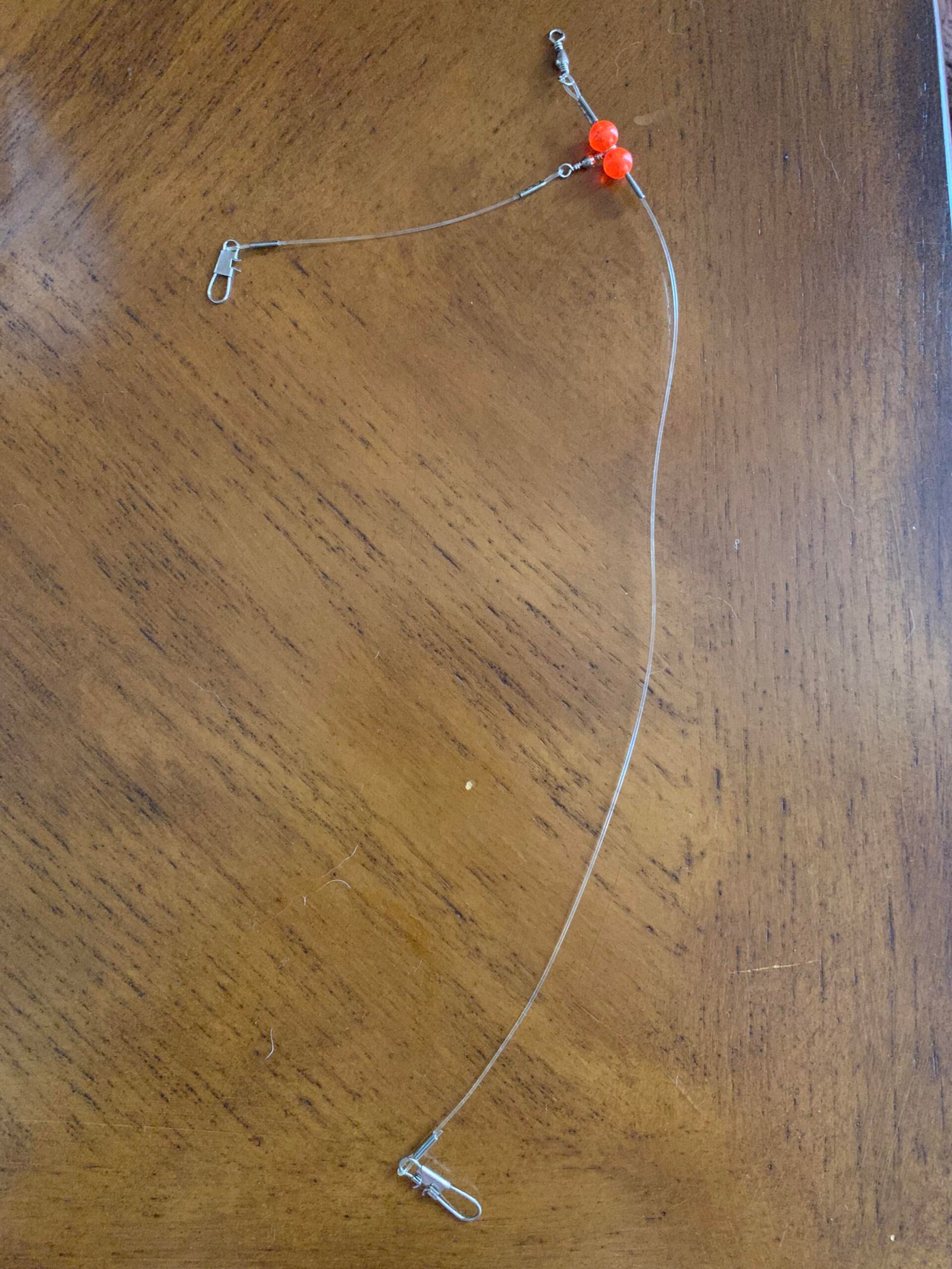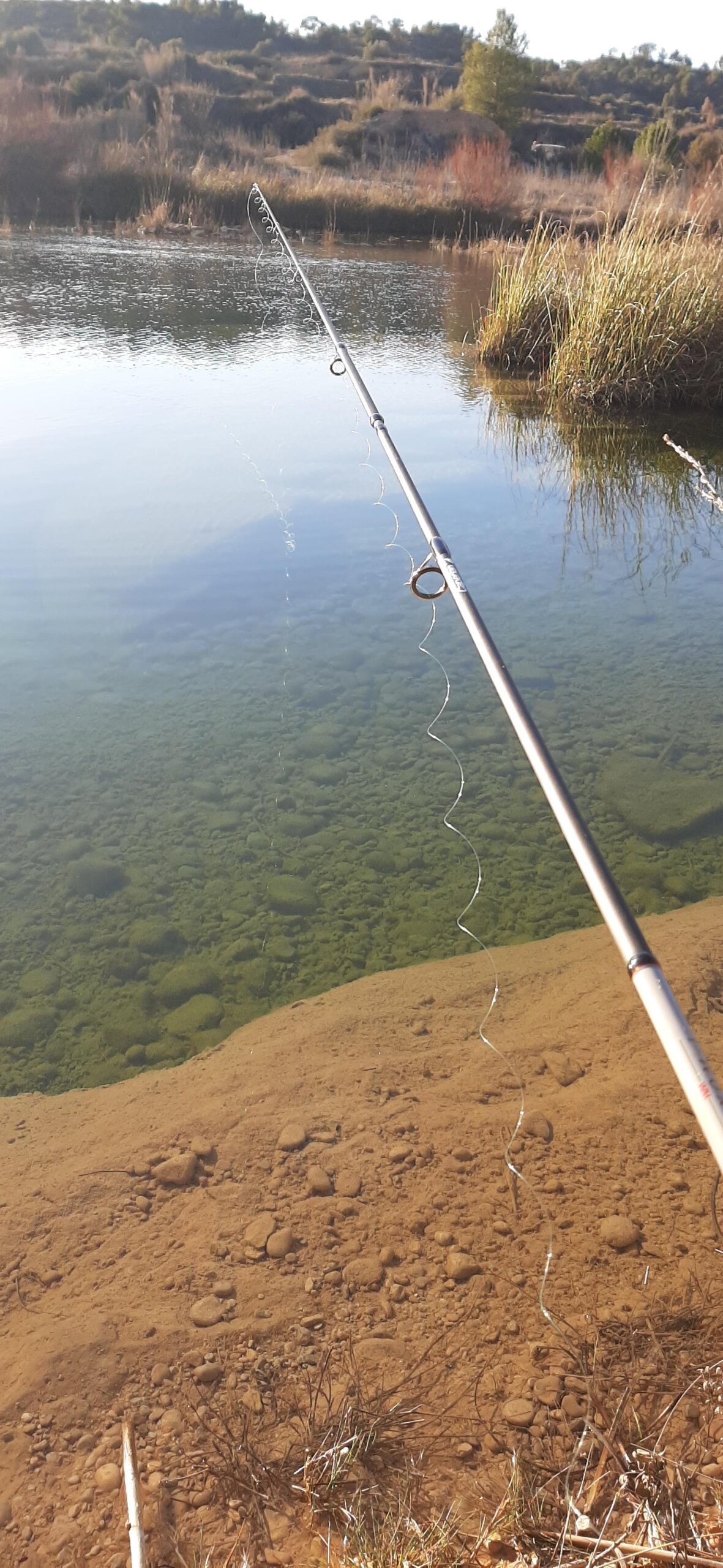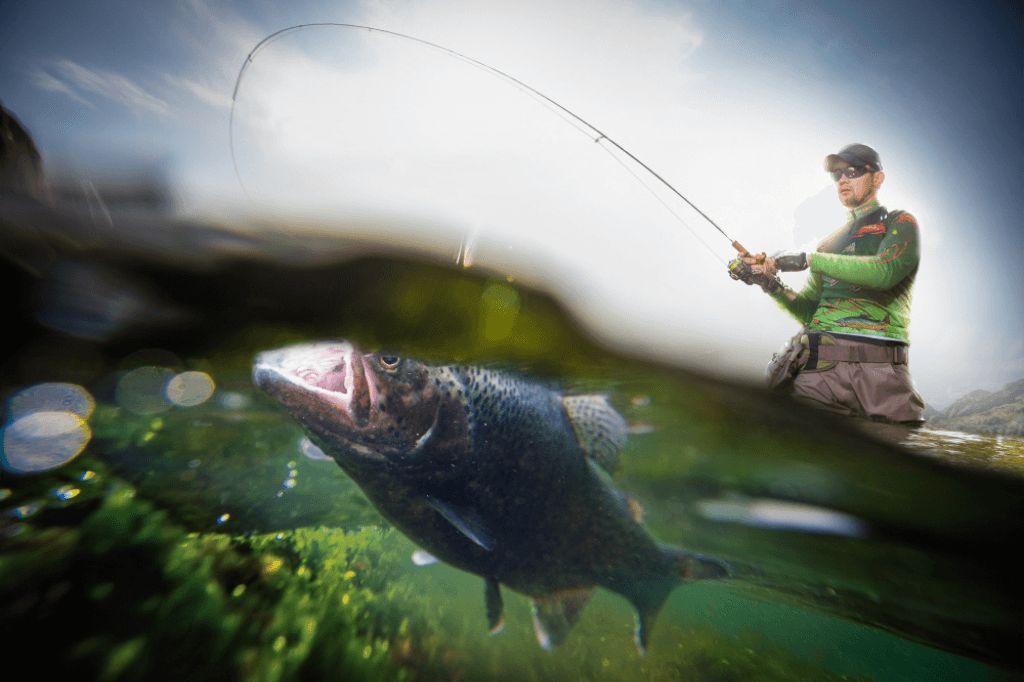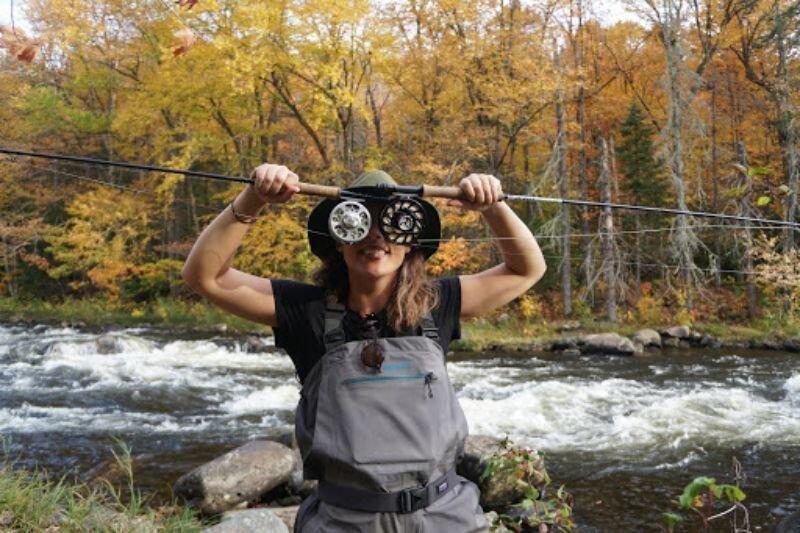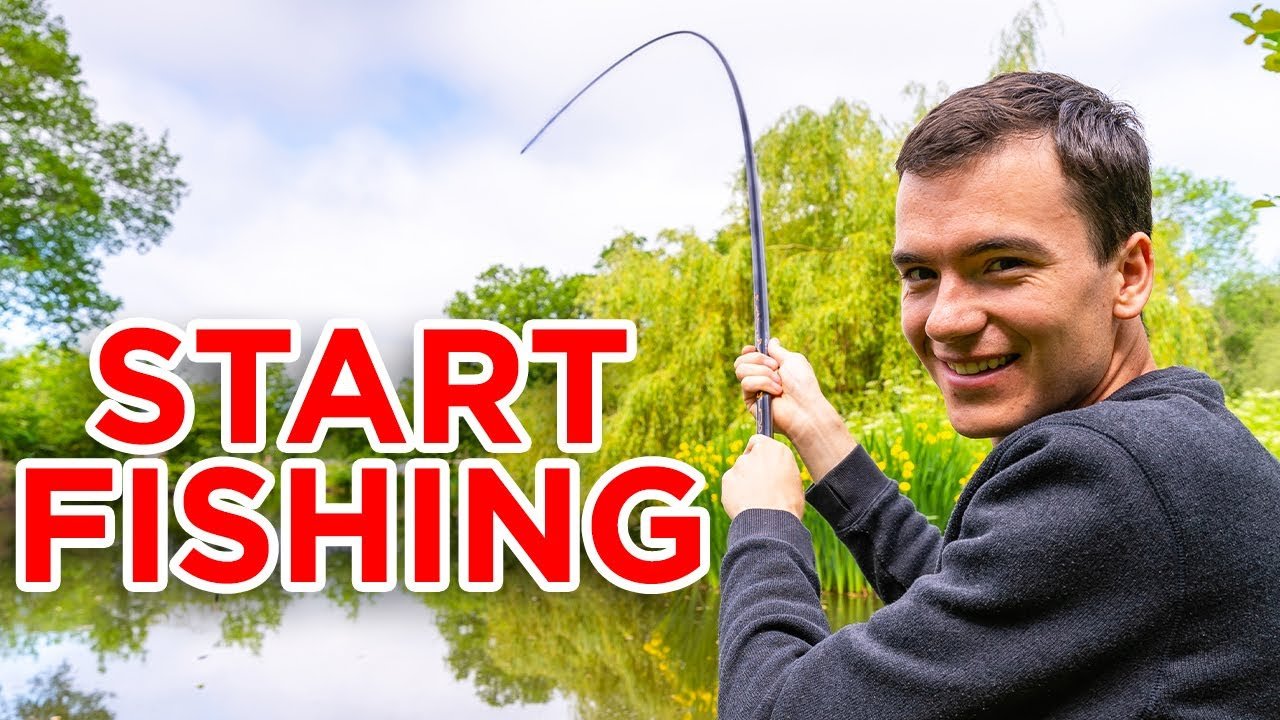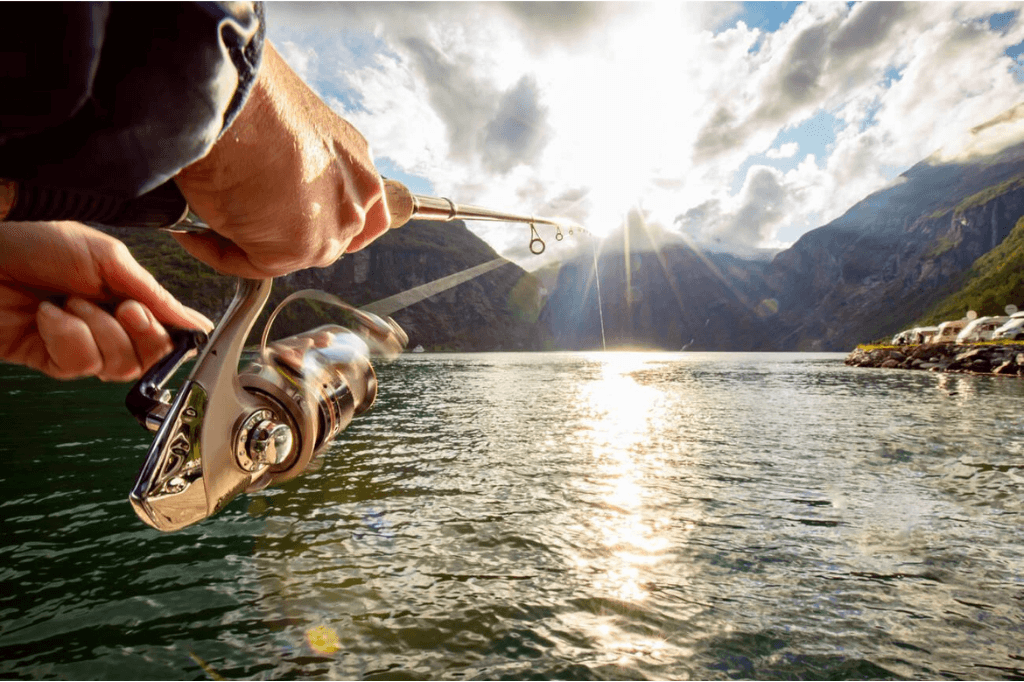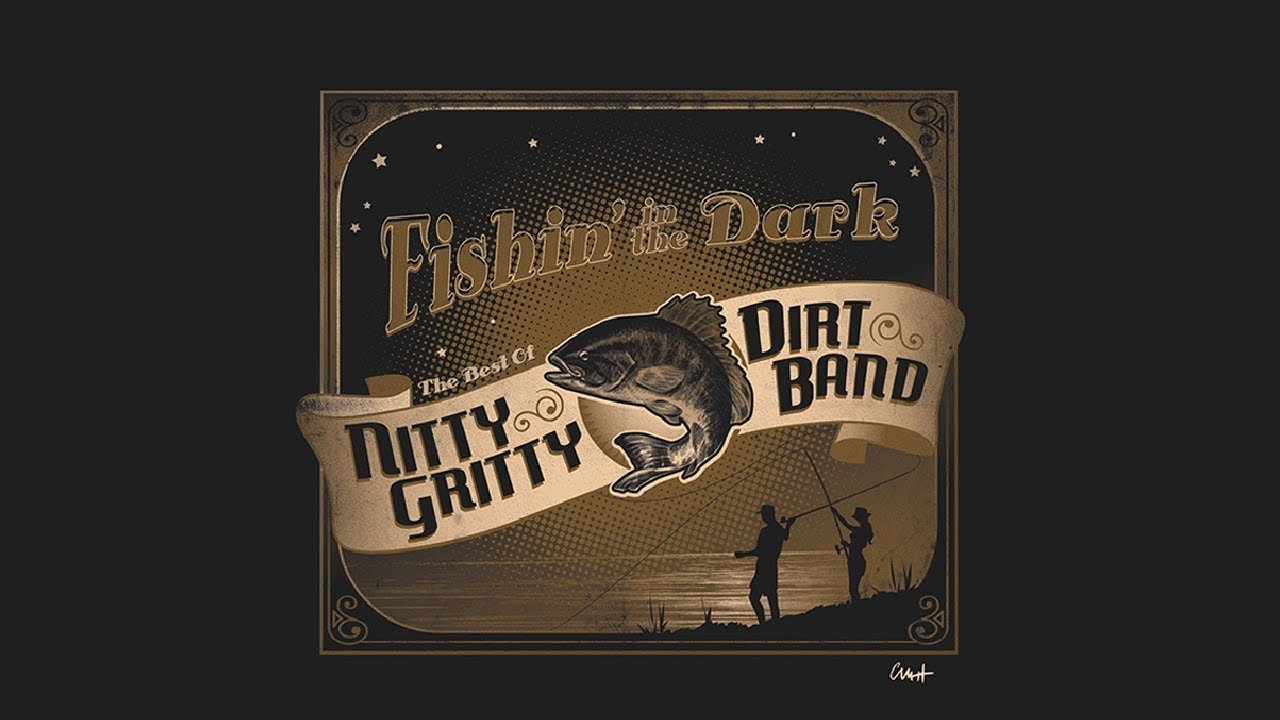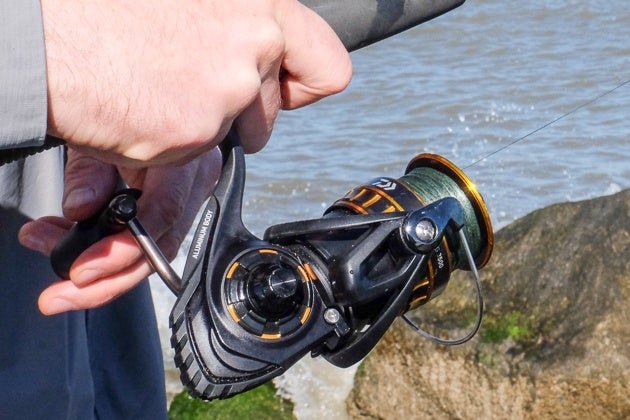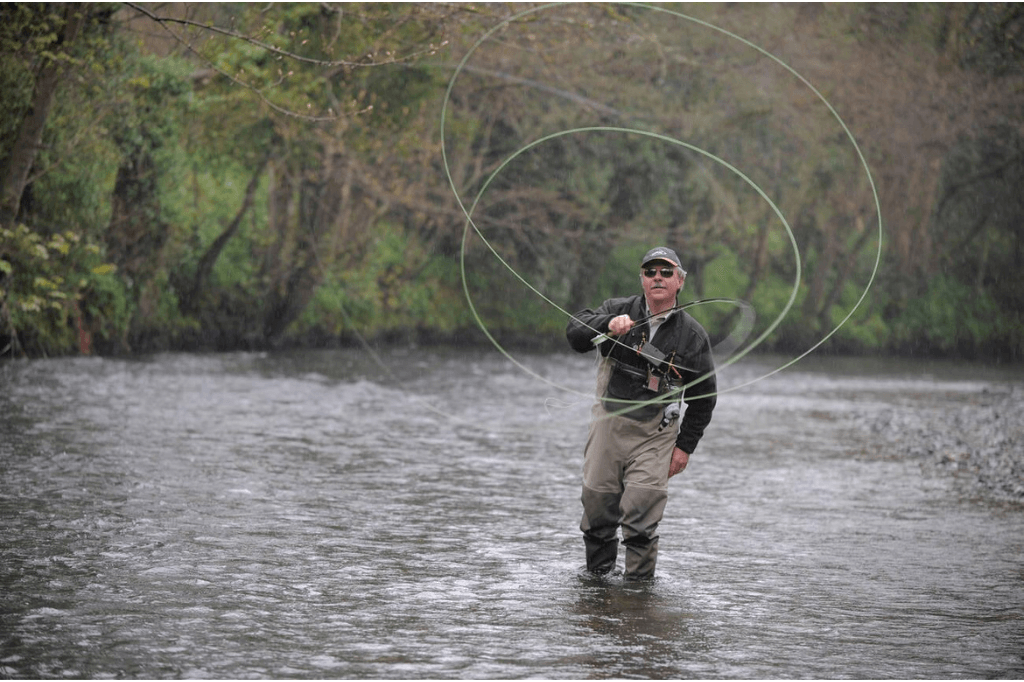Originating from the Midwest, the Ned Rig has gained popularity among anglers for its simplicity and efficacy. The setup includes a small, mushroom-shaped jig head paired with a soft plastic bait, typically 2 to 4 inches long. The technique’s finesse approach is perfect for tempting bass, especially when they are not aggressively feeding.
It excels in various situations, from cold fronts to pressured waters, making it a versatile choice for both novice and experienced fishermen. The gentle presentation and subtle movements of the Ned Rig mimic small prey, which can provoke strikes from bass that may ignore other, more aggressive lures.
Introduction To Ned Rig Fishing
Ned Rig fishing is a simple, yet incredibly effective way to catch fish. This finesse technique uses a light line, small hook, and a soft plastic bait. It’s perfect for those calm days on the water when big baits won’t do the trick. Anglers love the Ned Rig for its versatility and ease of use, making it a go-to method for both beginners and seasoned pros.
Origin Of The Ned Rig
The birth of the Ned Rig is a tale of innovation. A man named Ned Kehde from Kansas played with different baits. He found a winning combo. His approach changed the fishing world. It’s a simple rig, but it catches fish like a charm. The Ned Rig has a unique look that fish can’t resist.
Popularity Among Anglers
- Easy to Master: Even kids can learn it fast.
- Highly Effective: It works in lakes, rivers, and ponds.
- Versatile: It catches all types of fish, big and small.
The Ned Rig’s popularity keeps growing. New anglers and pros both use it. They share their success stories online, making more people want to try it. The Ned Rig has become a must-know technique for anyone who loves to fish.
Essential Gear For Ned Rig Fishing
Mastering Ned Rig fishing means having the right gear. Essential gear boosts your catch rate. This post dives into the gear you need for Ned Rig fishing.
Selecting The Right Rod
The right rod makes all the difference. Choose a rod that’s sensitive and light. It should be between 6’8″ and 7’3″ in length. Look for a fast action tip. This helps with precise jigging. Your rod must be sturdy yet flexible.
- Length: 6’8″ to 7’3″
- Action: Fast
- Power: Light to medium-light
The Best Reels For Sensitivity
A high-quality reel enhances sensitivity. It should pair well with your rod. Choose a spinning reel for ease of use. It should have a smooth drag system. A size 2000 to 3000 reel works best.
| Reel Type | Size | Feature |
|---|---|---|
| Spinning Reel | 2000-3000 | Smooth Drag |
Line Types And Strengths
The line connects you to the fish. Use a thin, strong line for better sensitivity. Braided lines are popular. They offer no stretch and greater feel. Pair it with a fluorocarbon leader. This combo makes your rig nearly invisible underwater.
- Main Line: 10-15 lb braided line
- Leader: 6-8 lb fluorocarbon
The Anatomy Of A Ned Rig
The Anatomy of a Ned Rig reveals why this simple setup catches so many fish. Understanding its parts and variations can boost your fishing success.
Components Of A Ned Rig
A Ned Rig primarily consists of two parts: a jig head and a soft plastic bait. Here’s a detailed look:
- Jig Head: This is the weighted part. It helps the bait sink and maintains a stable presentation underwater.
- Soft Plastic Bait: Usually shorter, this bait attaches to the jig head. Its soft texture mimics real food for fish.
The right combination of these components ensures the Ned Rig performs well in water, tempting fish effectively.
Variations Of Ned Rig Baits
Different shapes and sizes of baits can change how the Ned Rig works. Here are some popular variations:
| Type | Description | Best Used In |
|---|---|---|
| Stick Baits | Long and cylindrical, mimics various prey. | Open water, minimal cover. |
| Creature Baits | Feature legs and tails for extra movement. | Weedy areas, complex structures. |
| Craws | Resemble crayfish with fluttering claws. | Rocky bottoms, near submerged objects. |
Choosing the right bait type depends on the water conditions and target fish species.
Knots And Rigging Techniques
Mastering the art of the Ned Rig means getting the knots and rigging techniques just right. These are the secrets to landing more fish. Let’s dive into the world of knots and rigging, where precision and a steady hand lead to success.
Tying The Perfect Knot For Ned Rigs
The ideal knot for a Ned Rig must be strong and reliable. It ensures your lure stays secure, even during a tough fight. The popular choice is the improved clinch knot. This knot is easy to tie and exceptionally strong.
Here’s a quick guide:
- Pass the line through the eye of the hook.
- Wrap the tag end around the main line 5-7 times.
- Bring the tag end back through the small loop near the eye.
- Then pass the tag end through the larger loop you just created.
- Pull on the tag end and main line to tighten the knot.
- Trim the excess tag end.
Step-by-step Guide To Rigging
Rigging a Ned Rig is straightforward. A proper rig ensures your bait presents naturally. It reduces the risk of snags. Follow these steps:
- Select a soft plastic bait that matches the hatch.
- Insert the hook into the top of the bait.
- Thread the bait onto the hook, keeping it straight.
- Ensure the hook point is slightly exposed.
- Check the bait sits flush against the jig head.
Remember, the key to a successful Ned Rig is simplicity and precision. A well-tied knot and a properly rigged setup lead to an irresistible presentation in the water. Get these right, and you’re on your way to catching more fish with the Ned Rig.
Choosing The Perfect Location
The Ned Rig, a finesse fishing technique, thrives in precise locations. Not all waters are equal for this effective approach. Anglers must pinpoint spots where fish lurk and feed. Key considerations include structure, depth, and clarity. Successful Ned Rig fishing hinges on location.
Identifying Productive Fishing Spots
Spot selection can make or break your fishing day. Look for areas with ample cover, such as submerged trees, rock piles, and weed lines. These structures attract fish, providing them with food and shelter. Use maps and sonar technology to find underwater havens. Clear waters with visible structure are ideal for Ned Rig fishing.
- Check for drop-offs and ledges, where fish often gather.
- Scan for irregularities on the lake floor; these can be hotspots.
- Look for transition zones where different bottom compositions meet.
Understanding Seasonal Patterns
Fish behavior changes with the seasons. Adapt your strategy accordingly. During spring, target shallow areas where fish spawn. In summer, seek deeper, cooler waters. As fall approaches, fish often move to mid-depth ranges. Winter pushes them to the deepest parts for warmth.
| Season | Water Depth | Location Tips |
|---|---|---|
| Spring | Shallow | Focus on spawning flats and protected bays. |
| Summer | Deep | Search for offshore structures and cool water. |
| Fall | Mid-depth | Monitor points and creek channels. |
| Winter | Deepest areas | Target deep basins and humps. |
Keep a journal of your outings. Record the spots where you find success. Note the conditions, time of day, and the season. This data will help refine your location choices for future Ned Rig excursions.
Casting And Retrieval Strategies
The Ned Rig is a finesse fishing technique that has taken the angling world by storm. Mastering the cast and retrieval of this subtle setup can lead to an impressive catch. Let’s dive into the strategies that will help you perfect your Ned Rig approach.
Mastering the Cast for Ned Rigs
Mastering The Cast For Ned Rigs
Accuracy and delicacy are key in casting Ned Rigs. This lightweight setup requires a soft touch and precision. Start with a sidearm cast to keep the bait under the radar. Aim for structure or cover where fish might hide. The goal is to land the bait softly, preventing it from spooking the fish.
- Use a spinning reel for better control.
- Select a light line; 6 to 8-pound test is ideal.
- Practice casting in open water before targeting tight spots.
Effective Retrieval Methods
Effective Retrieval Methods
Retrieval is all about the slow and steady approach. The Ned Rig thrives with a methodical retrieve that mimics natural prey. Keep the rod tip low and reel slowly. Allow the bait to touch the bottom, creating a dust trail.
| Method | Description |
|---|---|
| Drag and Deadstick | Drag the rig, then pause. It lets the bait stand up, enticing bites. |
| Shake and Twitch | Shake the rod tip. It makes the bait quiver, like a struggling insect. |
| Slow Roll | Reel in slowly. It keeps the bait moving and probing the bottom. |
- Watch the line for subtle bites.
- Change speeds to find what triggers strikes.
- Pause often and wait for the fish to commit.
Advanced Ned Rig Tactics
The Ned Rig has revolutionized the finesse fishing world, offering anglers a simple yet highly effective way to catch more fish. But, to truly master this technique, one must delve into Advanced Ned Rig Tactics. These strategies elevate the basic approach, ensuring anglers can adapt to changing conditions and target specific species with precision.
Adapting To Different Water Conditions
The key to success with the Ned Rig lies in its adaptability. Here’s how to adjust your approach in various water conditions:
- Clear Water: Use natural, subtle colors and downsize your bait to match the cautious nature of fish in these conditions.
- Murky Water: Opt for brighter colors and larger profiles to make the Ned Rig more visible and appealing to fish.
- Current: Increase weight to maintain contact with the bottom and control the drift of your Ned Rig.
- Still Water: Go lighter on the weight, allowing for a slow, tantalizing fall that tempts lethargic fish.
Targeting Specific Species With Ned Rigs
While the Ned Rig is a universal lure, certain tweaks can make it even more effective for specific species:
| Species | Bait Color | Bait Size | Weight |
|---|---|---|---|
| Bass | Green Pumpkin | 2.75 – 3 inches | 1/16 – 1/8 oz |
| Walleye | Chartreuse | 3 – 4 inches | 1/8 – 1/4 oz |
| Trout | Earthy Tones | 2 – 2.5 inches | 1/32 – 1/16 oz |
Remember, the right combination of size, color, and weight can make all the difference in enticing the fish you’re after.
Troubleshooting Common Ned Rig Issues
Troubleshooting Common Ned Rig Issues can help you catch more fish. Let’s dive into common problems and how to fix them. Understanding these tips can make your fishing trips more successful.
Dealing With Snags And Hang-ups
Ned Rigs are famous for their ability to snag less. Yet, snags still happen, especially in rocky or weedy areas. Here are ways to reduce hang-ups:
- Check your jig head: Use a mushroom-shaped jig head. It helps the rig stand up and prevents snags.
- Modify your rig: Trim the skirt to make it shorter. A shorter skirt catches fewer weeds.
- Choose the right spots: Cast in clear areas. Avoid throwing directly into heavy cover.
Adjusting Techniques For Difficult Days
Sometimes fish don’t bite as expected. Don’t worry! Try these adjustments:
- Slow down: Fish might not chase a fast-moving bait. Give them time to bite.
- Change the color: If one color isn’t working, switch to another. Match the water color or the sky.
- Vary your retrieve: Instead of a steady retrieve, try shaking or twitching your line slightly.
These tips can turn a tough day into a productive one. Keep practicing!
Conservation And Ethical Fishing
When we talk about the Ned Rig, it’s not just about catching fish. It’s about doing it responsibly. Conservation and Ethical Fishing are key to enjoying this sport for years to come. Let’s dive into the best ways to ensure we’re fishing with the future in mind.
Catch And Release Best Practices
Catch and release is not just a method; it’s a commitment to fish survival. Follow these tips to make sure fish swim away healthy:
- Handle with care: Wet your hands before touching the fish to protect its slime coat.
- Use the right gear: Employ barbless hooks for easier, less harmful removal.
- Keep them wet: Minimize air exposure; aim for less than 10 seconds.
- Support their body: Avoid holding fish by the mouth or gills. Support from below.
- Gentle release: Allow fish to recover in the water before letting them swim off.
Conserving Fish Populations For The Future
Protecting fish populations means thinking long-term. Here’s how anglers can make a difference:
| Action | Impact |
|---|---|
| Follow regulations: | Keeps fish stocks healthy. |
| Limit catches: | Prevents overfishing. |
| Report tagged fish: | Helps research and management. |
| Choose sustainable gear: | Reduces environmental harm. |
| Spread awareness: | Encourages responsible practices. |
Together, we can enjoy the thrill of the Ned Rig while keeping our waters teeming with life.
Conclusion: Elevating Your Fishing Game
Mastering the Ned Rig means more successful fishing trips. It’s a simple technique that brings big results. Read on to see how the Ned Rig can transform your fishing experiences.
Recap Of Ned Rig Benefits
The Ned Rig has earned its place as a top choice for anglers. Here’s why:
- Easy to Use: Perfect for beginners and experts.
- Versatile: Works in various water conditions.
- Effective: Attracts a wide range of fish species.
- Subtle Presentation: Ideal for wary fish.
Continuing Your Fishing Education
Keep learning to stay ahead in the fishing game. Here are some tips:
- Join local fishing clubs.
- Read the latest fishing magazines.
- Watch instructional videos.
- Practice different techniques.
Frequently Asked Questions
What Is A Ned Rig?
A Ned rig is a simple, effective fishing setup featuring a light jig head paired with a small, soft plastic lure, often used for bass fishing.
Why Is The Ned Rig So Effective?
The Ned rig excels due to its subtle presentation, mimicking natural prey with a slow, enticing fall. Its simple design allows for effective use across various conditions, appealing to both active and finicky fish.
What Is A Ned Rig Supposed To Imitate?
A Ned rig is designed to mimic the appearance and movement of small baitfish or bottom-dwelling creatures like crawfish. This makes it highly effective for attracting bass.
What Is The Difference Between A Shaky Head And A Ned Rig?
A shaky head rig uses a lead-head jig with a worm, designed for a subtle presentation. A Ned rig features a short, buoyant soft plastic on a light jig head, ideal for finesse fishing. Both target bass, but with different techniques and lure actions.
Conclusion
Exploring the Ned Rig has been an enlightening journey. With its simplicity and effectiveness, this technique is a must-try for anglers. Remember, the right finesse can turn a slow day into a haul of impressive catches. Embrace the Ned Rig, and let your fishing adventures flourish.
Tight lines!

